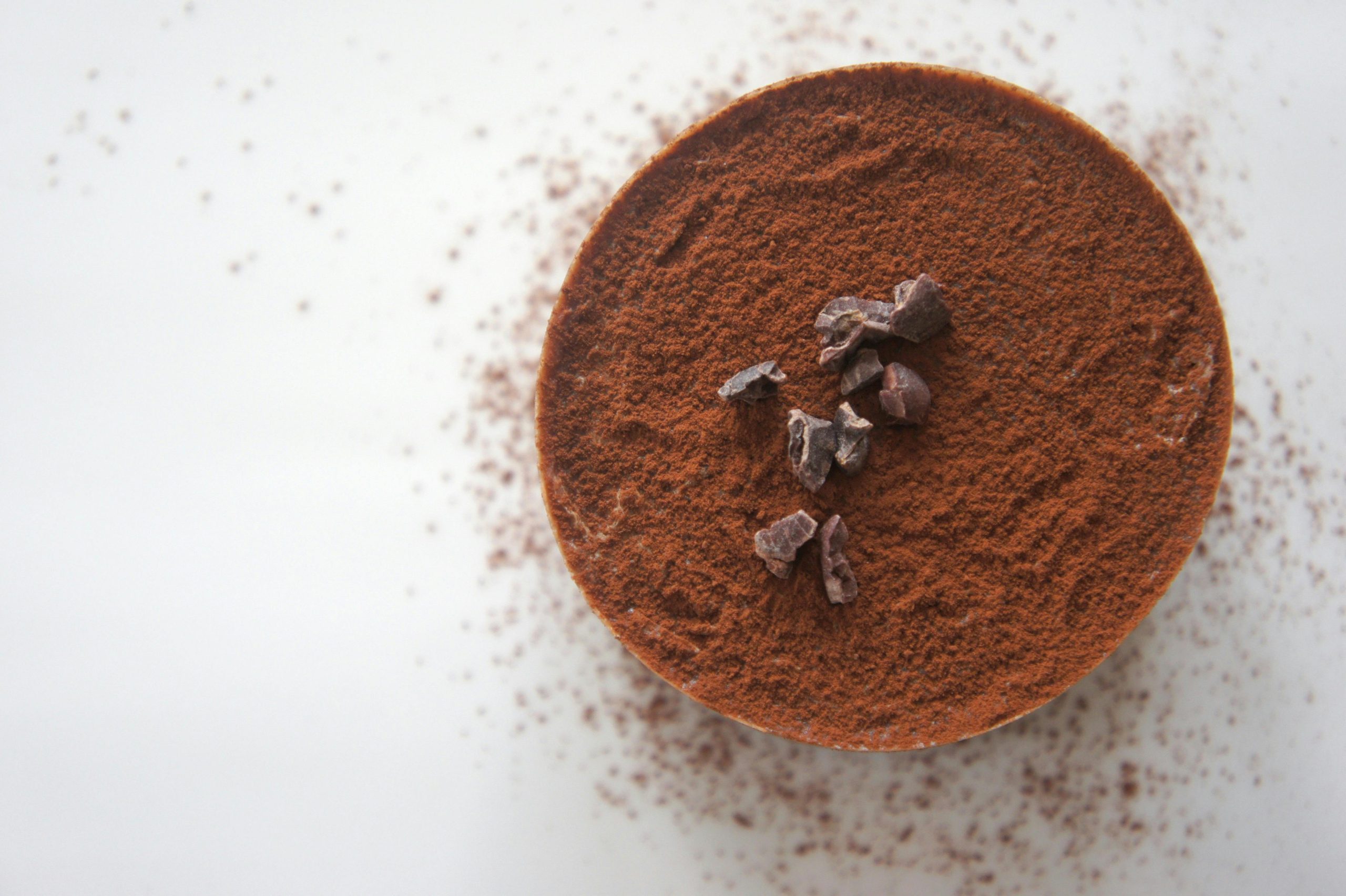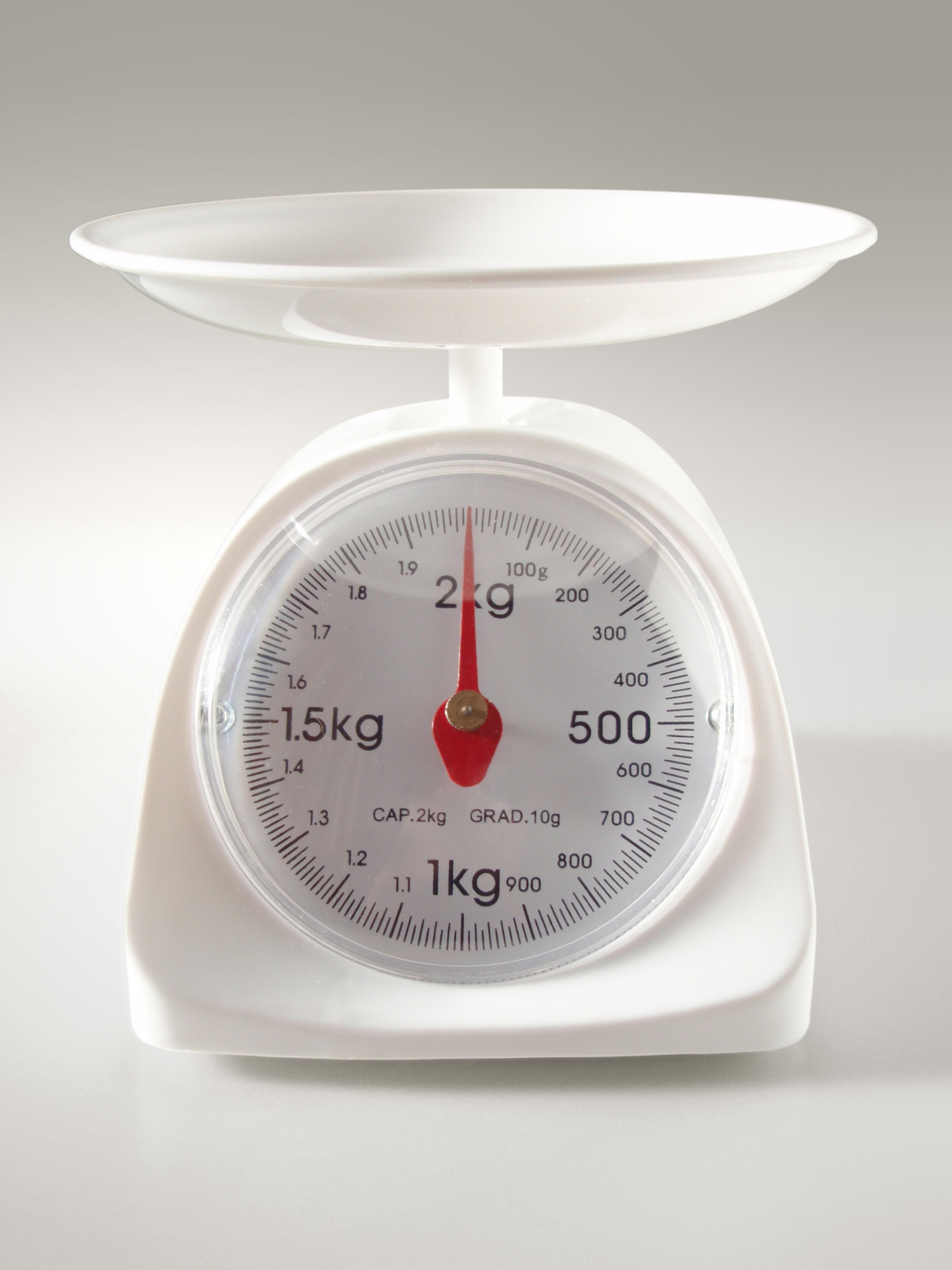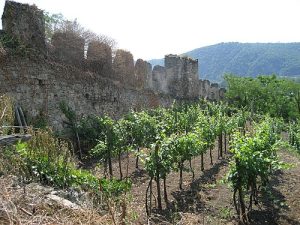6.11 Eine Einkaufsliste schreiben

Guten Tag!
Zum Aufwärmen machen wir unseren Tagesminiplausch und eine Wiederholung.
Wiederholung
In the previous lesson, you learned about the diversity of foods in Germany, how to ask someone if they are hungry and thirsty, ask someone what kinds of food they want to eat, and talk about the features of cultural cuisines.
Imagine you just hiked Vedawoo with a friend from German class. You are thirsty and hungry and want to know, if your friend is, too. Write out a dialogue in which ask whether your friend is hungry and thirsty. Have them respond positively and then ask them what they want to eat and drink.
Lektionsüberblick
Do you enjoy cooking or baking? If so, you will enjoy knowing how to use a recipe in German. But even if creating in the kitchen is not your zone of genius, you will benefit from understanding the metric system, which is used everywhere but in the U.S. In the end, you will be able to 1) use metric weights and measurements, 2) read a recipe, and 3) write a shopping list based on recipes.
Was weißt du schon?
Let’s do a quick skills check.
| Noch nicht start klar?
Du kannst immer auf die gleiche 1010-Lektion zurückgreifen! |
Not confident about starting this lesson?
You can always review the same Lektion from 1010. |
1) Weights and measurements
When reading a recipe in German, you will notice right away that the measurements are different than in English. Take a look at the cake recipe below that Sofia plans to bake for Teestunde this week. Pay close attention to the measured ingredients (Zutaten). What words do you recognize? What notations are new to you? Try completing the activity beneath the recipe using your prior knowledge of food names. If you find it too tricky, read the Kleiner Hinweis below and try again.
Französische SchokotarteZutaten:
|

|
Kleiner Hinweis
| For liquids, here are some useful conversions (the German is listed first):
1 Tasse (or T) = 2/3 cup 1 Esslöffel (or EL) = approximately one level tablespoon 1 Teelöffel (or Teel.) = approximately one level teaspoon |
Most ingredients in German are given using metric volume (liter/milliliter) and weight (grams). Here are a few conversions to give you an idea.
100 ml = 2/5 cup 250 ml = 1 cup 120 g Mehl = 1 cup of flour |
 You
You  typically use a scale to weigh ingredients and a Meßbecher (measuring container) that have markings for 100 ml to 500 ml or more for liquids.
typically use a scale to weigh ingredients and a Meßbecher (measuring container) that have markings for 100 ml to 500 ml or more for liquids.
For a deep dive into converting German recipes into English measurements, you can read this helpful article.
Jetzt bist du dran!
2) Ein Rezept lesen (reading a recipe)
Now it’s your turn to choose a recipe. You can take a look at these Recipes in German. Choose one that looks lecker to you. Now consider the following questions:
- What words do you recognize?
- What measurements do you recognize?
- What ingredients do you already have?
- What ingredients will you need to buy?
Sofia has looked closely at the recipe above for Französische Schokotarte. Here is what she has noted about the ingredients she has and the ingredients she doesn’t have. Read and listen.
 |
Let’s practice.
Kochst du gern? Do you like to cook? If so, you can find a whole glossary of cooking words here.
Jetzt bist du dran!
3) Die Einkaufsliste schreiben (writing your shopping list)
Now let’s write your shopping list for the recipe you have chosen. Depending on your recipe, you might need ingredients from the following categories: Obst, Gemüse, Fleisch/Fisch, Milchprodukte, anderes…
Here is what Sofia will need for her recipe to give you an idea (She also needs some tea for her Teestunde):
EinkauflisteMilchprodukte Butter
Anderes Schokolade Eier Schwarzer Tee
|
Jetzt bist du dran!
Nikolaihof Wachau im Blickpunkt

Nikolaihof Wachau ist das älteste Weingut* in Österreich. Dort wird seit der Römerzeit, also seit etwa 2.000 Jahren, Wein gemacht. Es liegt im Wachau-Tal und hat alte römische und christliche Ruinen. Die Familie Saahs besitzt das Weingut heute und verwendet natürliche, biodynamische Methoden. Sie stellen Weine wie Riesling und Grünen Veltliner her.
Nikolaihof Wachau is the oldest winery* in Austria. People have made wine there since the Roman times over 2,000 years ago. It is in the Wachau Valley and has old Roman and Christian ruins. The Saahs family owns it now and uses natural, biodynamic farming methods. They make wines like Riesling and Grüner Veltliner.
*Nikolaihof Wachau is the oldest winery in terms of its inception, but Stift Klosterneuburg is the oldest continuously operating winery.
Zum Schluß

*As you conclude this lesson, don’t forget to check Canvas!*

Media Attributions
- Private:

